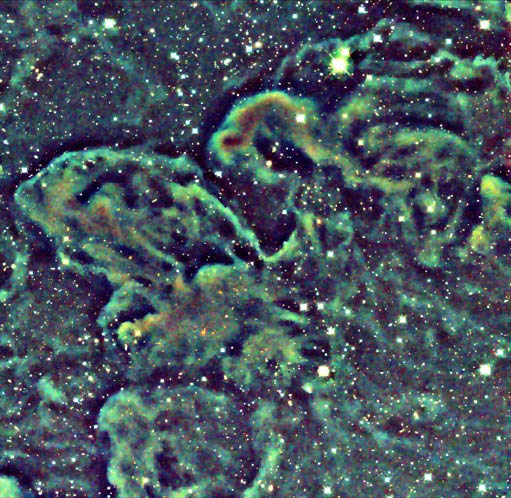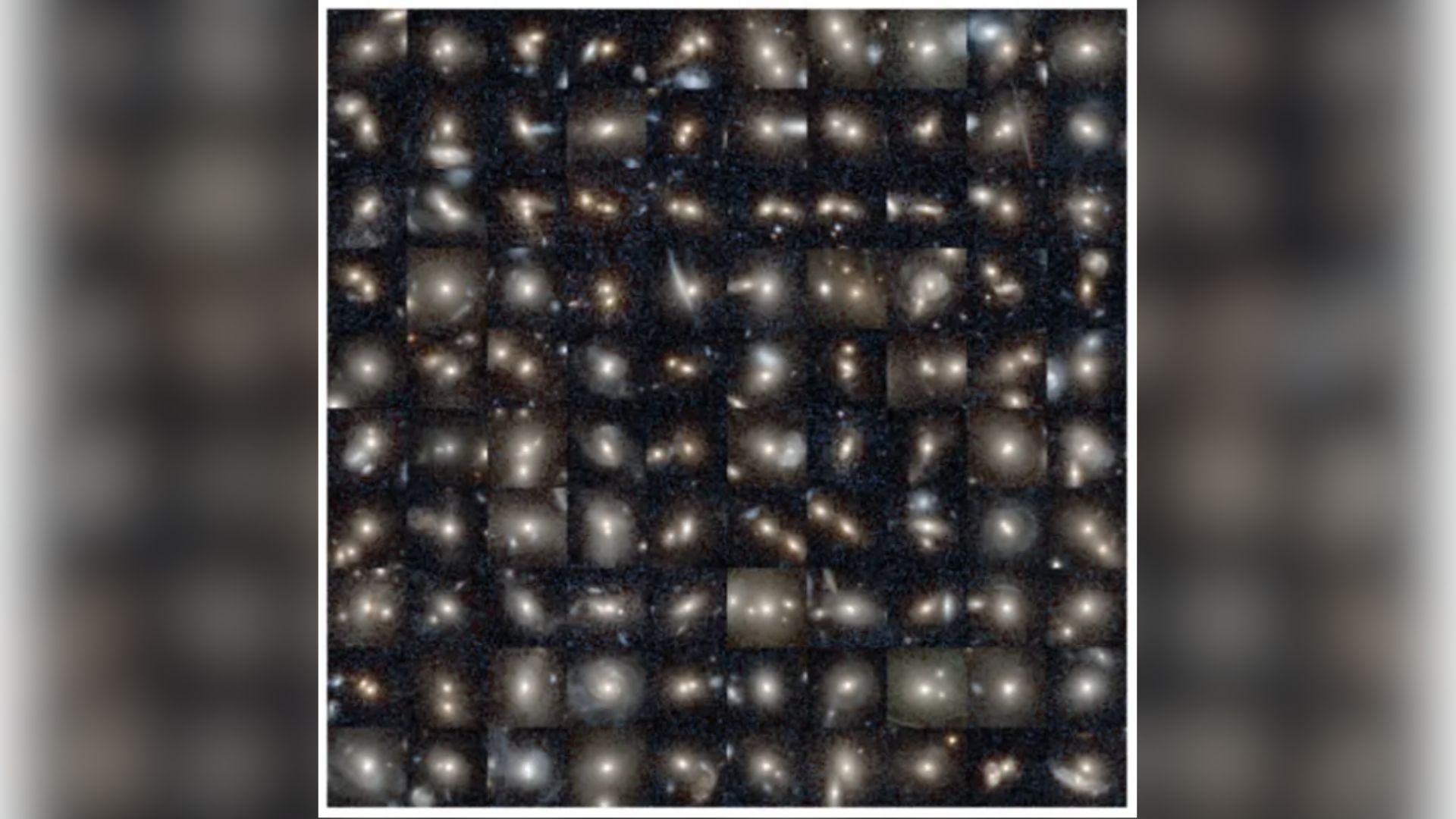New Glow Seen in Space Clouds

Some of the most beautiful space images reveal the colorful surfaces of giant clouds of gas and dust called nebulas. But that's just the problem: Visible-light images only show the surface.
Astronomers use infrared telescopes to see through the dust, sometimes revealing hints of embryonic stars inside the clouds.
A new technique provides yet another view, revealing aspects of space clouds that didn't appear to glow at all before. The process uses infrared detectors to spot the accumulated light of stars reflecting off interstellar clouds that otherwise seemed dark.
Astronomers call the light they're detecting "cloudshine" and liken it to clouds above Earth glowing because of streetlights. They say the method will help them see the structure of the clouds better.
"Other astronomers have seen hints of cloudshine in their images, but our new photographs are the most spectacular evidence of cloudshine to date," said Alyssa Goodman of the Harvard-Smithsonian Center for Astrophysics.
"We can now see the structure of gigantic star-forming regions over vast distances with a resolution 50 times better than before," Goodman said. "This technique will revolutionize the way we map stellar birthplaces."
New images using the technique show star formation regions in the constellation Perseus.
Breaking space news, the latest updates on rocket launches, skywatching events and more!
"Images like these will give astronomers new insight into what those giant complexes of gas and dust really look like," said Jonathan Foster, a graduate student at Harvard University and the first author of a paper on the results, which were announced last week.
The images were taken with the OMEGA 2000 camera at the Calar Alto Observatory in Spain as part of the COMPLETE survey of star-forming regions.
- Amazing Space Images
- Hubble's New Views of the Universe
- Cool Space Wallpapers
This article is part of SPACE.com's weekly Mystery Monday series.

Space.com is the premier source of space exploration, innovation and astronomy news, chronicling (and celebrating) humanity's ongoing expansion across the final frontier. Originally founded in 1999, Space.com is, and always has been, the passion of writers and editors who are space fans and also trained journalists. Our current news team consists of Editor-in-Chief Tariq Malik; Editor Hanneke Weitering, Senior Space Writer Mike Wall; Senior Writer Meghan Bartels; Senior Writer Chelsea Gohd, Senior Writer Tereza Pultarova and Staff Writer Alexander Cox, focusing on e-commerce. Senior Producer Steve Spaleta oversees our space videos, with Diana Whitcroft as our Social Media Editor.
